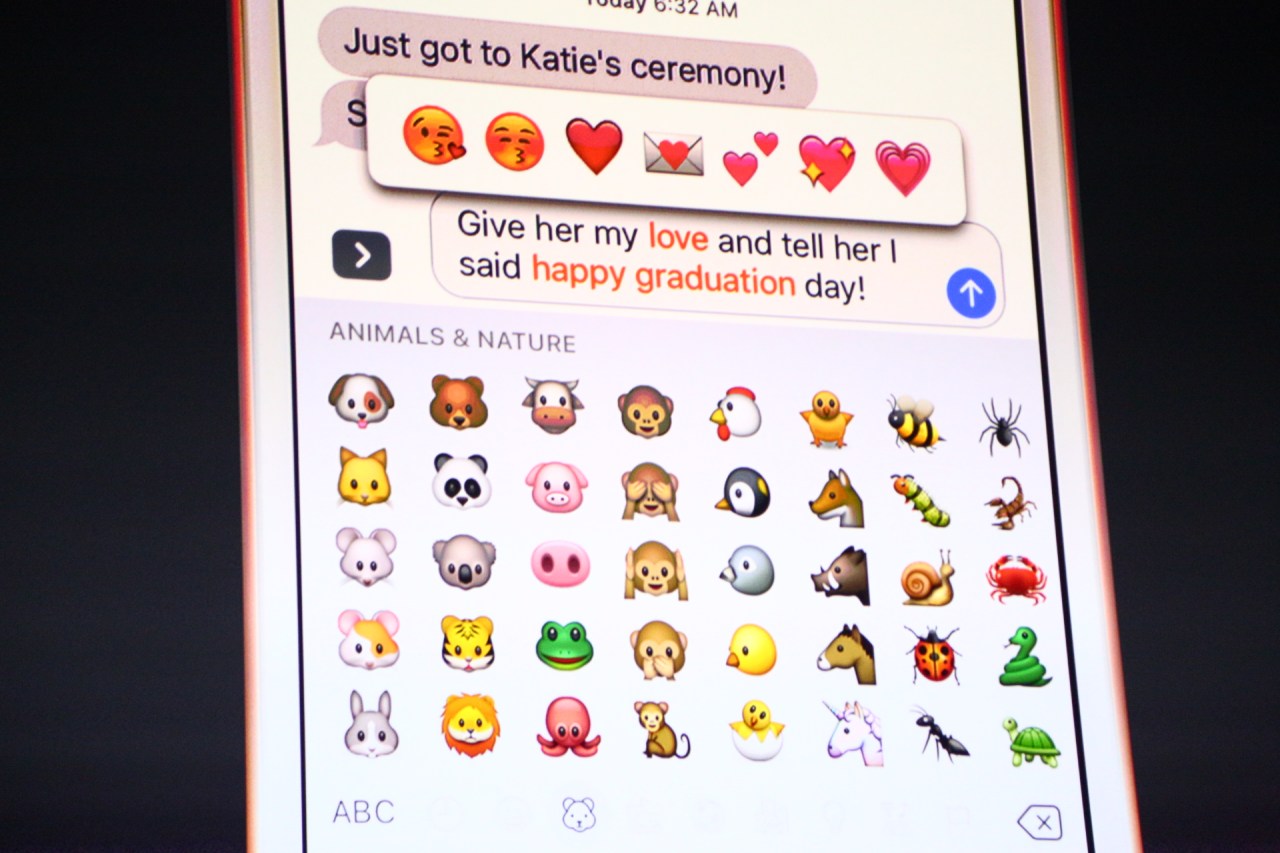In an age where user data is the new gold, the battle for privacy versus innovation has never been more critical. Apple, known for its privacy-focused stance, is stepping into the spotlight with a groundbreaking approach known as differential privacy. This method not only promises to safeguard user data but also aims to enhance the intelligence of machine learning systems. Strap in as we explore what differential privacy means for existing tech paradigms, and how Apple is taking the lead in ensuring that personal data remains personal.
Understanding Differential Privacy
At its core, differential privacy is more than just a single technique; it’s a robust framework for managing user data. Introduced to the world during Apple’s WWDC, differential privacy utilizes advanced statistical methods to ensure that individual identities are obscured while still allowing for valuable insights through data aggregation. So how does it work?
- Noise Injection: By adding randomness (or ‘noise’) to user data, it becomes impossible to trace any piece of information back to the individual.
- Sub-sampling: This method ensures that data from individuals isn’t overly emphasized, allowing trends to emerge without compromising specific identities.
- Hashing: Actively scrambling data so that it appears incomprehensible to unauthorized users and systems enhances privacy protection.
This multifaceted approach presents a compelling solution to the traditional dichotomy between privacy and functionality, offering users a symbiotic relationship with the technology they use daily.
Real-World Applications in iOS
As Apple rolls out this privacy-centric approach with iOS updates, the implications on various applications are profound. Take the keyboard features, for instance. With differential privacy, the QuickType predictive feature can analyze trends across millions of users without ever compromising the privacy of an individual user’s typing habits. Imagine typing a commonly used slang that you’re not aware of – differential privacy enables the keyboard to suggest it before you even type it!
But the benefits don’t stop there. Here are a few more areas where differential privacy is paving the way for smarter applications:
- Enhanced Spotlight Search: By utilizing anonymized data trends, Spotlight can deliver more relevant app suggestions based on what users collectively find useful, such as popular recipe links when searching for “potatoes.”
- Intelligent Notes Feature: Differential privacy will enhance the Notes app by suggesting important reminders based on what users frequently jot down. Did you mention a friend’s birthday? Differential privacy can proactively recommend creating a calendar event for it.
Tackling Ethical Dilemmas
In a landscape where tech companies frequently grapple with user data misuse, Apple’s introduction of differential privacy could signal a shift in the industry. By adopting such technology, Apple is not only enhancing user trust but also encouraging other companies to reevaluate their data strategies. The ethical implications are significant: it challenges the status quo where companies prioritize feature expansion at the expense of user privacy.
Apple’s approach may inspire competitors like Google and Facebook to rethink their data collection protocols. For instance, the message apps, although feature-rich, often require extensive user data to optimize their functionalities. Apple, however, aims to achieve a balance without sacrificing privacy—a bold yet commendable move.
The Future of Differential Privacy and Machine Learning
With differential privacy as a framework, machine learning may witness revolutionary changes in how data is interpreted. Adam Smith, a leading voice in this direction, notes that Apple is among the first giants to implement this technique at scale effectively. As they refine and expand their applications for this technology, we could see it infiltrate various domains beyond messaging and notes—think maps, voice recognition, and more!
This pioneering path can enhance user experience while ensuring that safety nets around data security remain intact. It paints a picture of possibility: a future where innovation and privacy coalesce rather than collide.
Conclusion
Apple’s embrace of differential privacy not only provides a blueprint for privacy protection but also sets a new standard within the tech industry. As machine learning evolves, so too must our strategies for managing data in a way that respects user privacy. If the industry takes note and shifts toward responsible data management, we stand to gain meaningful enhancements in technology without sacrificing the trust of users. As we navigate this new arena, it’s essential to keep the conversation around user privacy active and evolving.
At **[fxis.ai](https://fxis.ai)**, we believe that such advancements are crucial for the future of AI, as they enable more comprehensive and effective solutions. Our team is continually exploring new methodologies to push the envelope in artificial intelligence, ensuring that our clients benefit from the latest technological innovations.
For more insights, updates, or to collaborate on AI development projects, stay connected with **[fxis.ai](https://fxis.ai)**.

